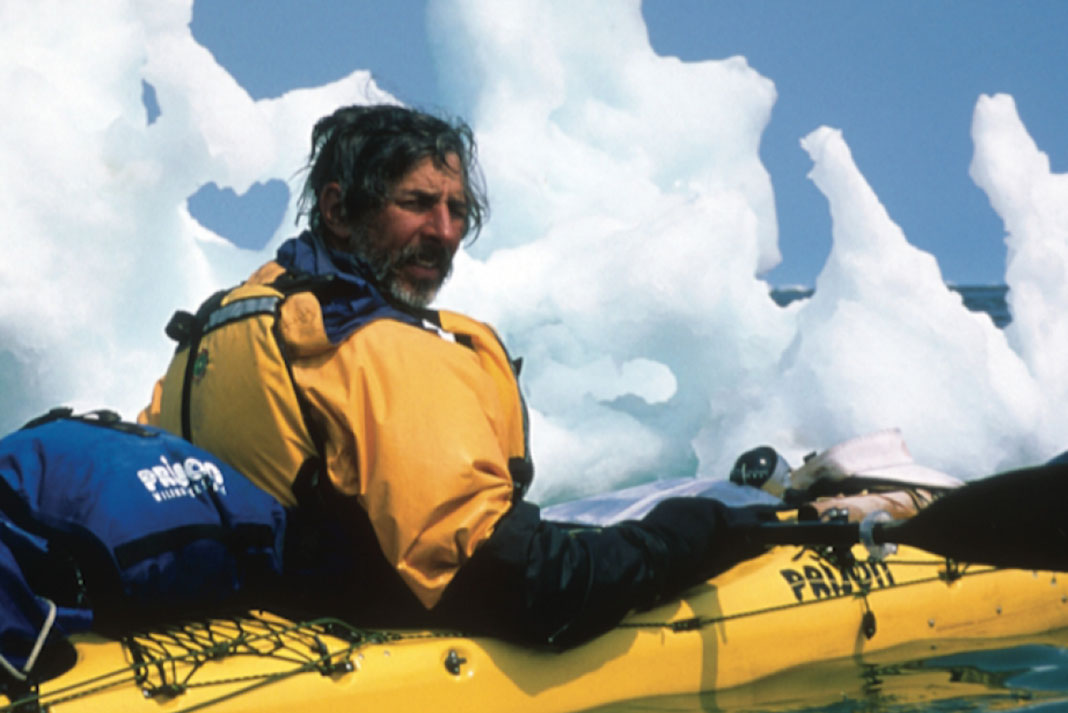Eight hundred and fifty thousand years ago, three quarters of a million years before our species, Homo sapiens, evolved, Homo erectus built boats and went to sea. Many of us inherited this yearning to sail, paddle, float or zoom across the earth’s abundant waterways.
Two thirds of planet Earth is covered by glistening lakes, gurgling brooks and azure seas. Unless you live in Saudia Arabia’s Empty Quarter, chances are good that there is some waterway near you, perfect for a weekend getaway or a major expedition.
How to plan your expedition
The first task in planning a journey is to select the right adventure and danger level for your personality. The idea is to maximize fun—for your individual brain and your DNA—not to try to accommodate some marketing agent, boyfriend or girlfriend.
If you’re not sure what fits, err on the conservative side at first, and then ratchet things up bit by bit until you maximize your fun.
Fun of course is personal; is it a cozy peaceful afternoon, an exhilarating level of fear, or abject terror? Only you can decide.
Planning requires an ability to sit at home and accurately predict how a body of water will behave when you are bobbing around in an absurdly small boat like a kayak or a canoe.
Waves, currents and wind make water dangerous, but it’s easy to determine the frequency, probability and intensity of all three. Data on tidal currents is available from any fishing or boating supply near your proposed location. Pilot Charts are the penultimate source for wave and wind data. These are available from the U.S. National Geospatial-Intelligence Agency. In an intricate series of maps, you can obtain information on wind speed and direction for just about any ocean location in the world, for any month.

A few pieces of advice: For starters, choose a region where the gale frequency is zero and the wind will be blowing primarily from your back. Wave height is dependent on the wind speed and duration and on the distance that the wind has travelled, called the fetch. If you’re on the open ocean, where the wind can blow 6,000 kilometres before it reaches you, you’re likely to get huge waves and violent surf. Paddle in an enclosed bay and even a strong wind will produce only small wavelets. This factor is intuitive: enclosed bodies of water are safer than exposed ones.
When currents collide with waves, the waves develop a steep face and become much more dangerous than rounded waves of the same height.
A kayak is the most versatile watercraft in the world, capable of navigating shallow mangrove swamps and the open waters off Cape Horn. Humans are the most diverse species on the planet, with an almost incomprehensibly wide range of personalities and desires. Match the two and you’ve got a wondrous gambit of journeys and adventures. The only important adage is to go out—and have fun—whatever that means for you.
Jon Turk’s first expedition was paddling the coast of B.C. and Alaska in a Grumman canoe in 1974. He has kayaked from Ellesmere Island to Greenland, made two trips to Cape Horn, and in 2000–01 paddled 3,000 miles across the Pacific Ocean from Japan to Alaska, the subject of his book In the Wake of the Jomon.




